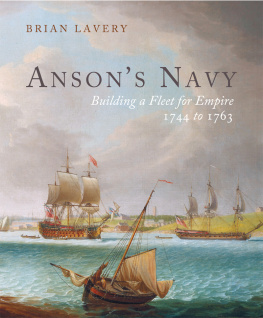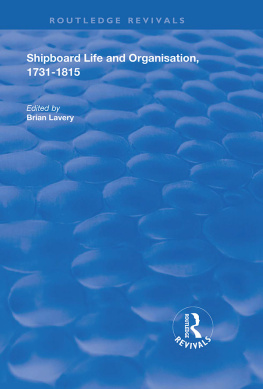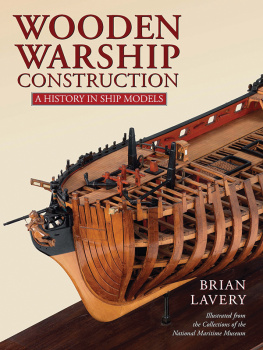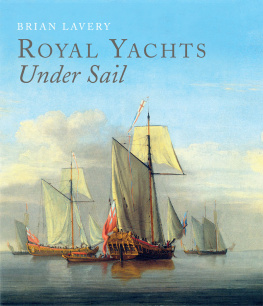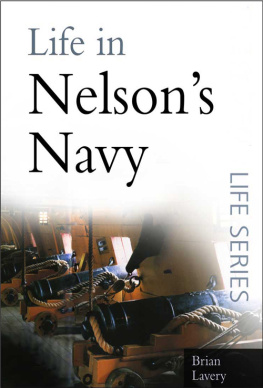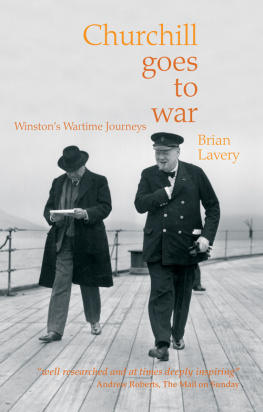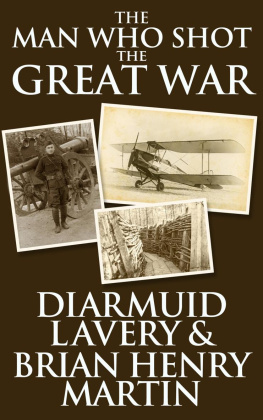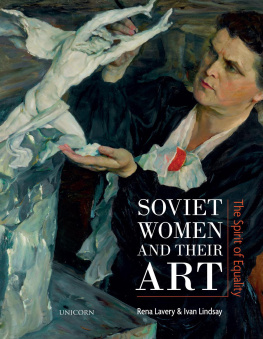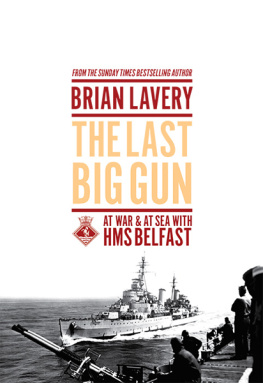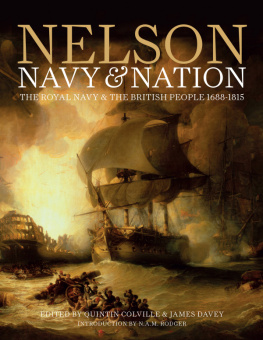Brian Lavery - Ansons Navy
Here you can read online Brian Lavery - Ansons Navy full text of the book (entire story) in english for free. Download pdf and epub, get meaning, cover and reviews about this ebook. year: 2021, publisher: Casemate Publishers & Book Distributors, LLC, genre: History. Description of the work, (preface) as well as reviews are available. Best literature library LitArk.com created for fans of good reading and offers a wide selection of genres:
Romance novel
Science fiction
Adventure
Detective
Science
History
Home and family
Prose
Art
Politics
Computer
Non-fiction
Religion
Business
Children
Humor
Choose a favorite category and find really read worthwhile books. Enjoy immersion in the world of imagination, feel the emotions of the characters or learn something new for yourself, make an fascinating discovery.
- Book:Ansons Navy
- Author:
- Publisher:Casemate Publishers & Book Distributors, LLC
- Genre:
- Year:2021
- Rating:4 / 5
- Favourites:Add to favourites
- Your mark:
- 80
- 1
- 2
- 3
- 4
- 5
Ansons Navy: summary, description and annotation
We offer to read an annotation, description, summary or preface (depends on what the author of the book "Ansons Navy" wrote himself). If you haven't found the necessary information about the book — write in the comments, we will try to find it.
Ansons Navy — read online for free the complete book (whole text) full work
Below is the text of the book, divided by pages. System saving the place of the last page read, allows you to conveniently read the book "Ansons Navy" online for free, without having to search again every time where you left off. Put a bookmark, and you can go to the page where you finished reading at any time.
Font size:
Interval:
Bookmark:

A NSONS N AVY
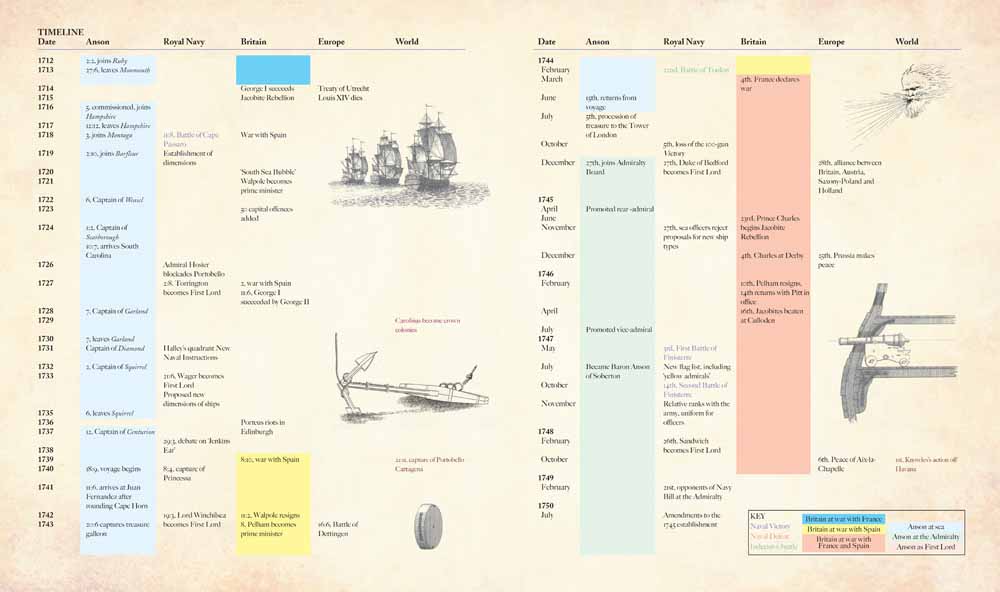
Building a Fleet for Empire 17441763
BRIAN LAVERY


Copyright Brian Lavery 2021
First published in Great Britain in 2021 by
Seaforth Publishing,
A division of Pen & Sword Books Ltd,
47 Church Street,
Barnsley S70 2AS
www.seaforthpublishing.com
British Library Cataloguing in Publication Data
A catalogue record for this book is available from the British Library
ISBN 978 1 3990 0288 2 (HARDBACK)
ISBN 978 1 3990 0289 9 (EPUB)
ISBN 978 1 3990 0290 5 (KINDLE)
All rights reserved. No part of this publication may be reproduced or transmitted in any form or by any means, electronic or mechanical, including photocopying, recording, or any information storage and retrieval system, without prior permission in writing of both the copyright owner and the above publisher.
The right of Brian Lavery to be identified as the author of this work has been asserted by him in accordance with the Copyright, Designs and Patents Act 1988.
Pen & Sword Books Limited incorporates the imprints of Atlas, Archaeology, Aviation, Discovery, Family History, Fiction, History, Maritime, Military, Military Classics, Politics, Select, Transport, True Crime, Air World, Frontline Publishing, Leo Cooper, Remember When, Seaforth Publishing, The Praetorian Press, Wharncliffe Local History, Wharncliffe Transport, Wharncliffe True Crime and White Owl
The eighteenth-century Royal Navy was a major instrument in the worlds history during that era, isolating Britain from invasion and helping build an empire whose effects are felt to the present day. The mid-century was one of its most important periods, when it recovered from ineptitude and defeat to win vital battles. It was a key period for the growth of the British Empire and for the navy, which was reformed and made fit for purpose to fight even more intense conflicts at the end of the century and the beginning of the next. It has always attracted less notice than its predecessor in the days of Samuel Pepys with its range of colourful characters, and that of the French Revolutionary and Napoleonic Wars with one intriguing personality and a string of stunning victories. However, it has been the subject of classic works over the years Sir Herbert Richmonds The Navy in the War of 1739-48 , Sir Julian Corbetts England in the Seven Years War , Daniel Baughs Naval Administration in the Age of Walpole , Nicholas Rodgers The Wooden World , and Richard Middletons The Bells of Victory . It is impossible to better these works in their own fields. If they are not quoted in the footnotes as much as one might expect, that is not to underrate their importance and influence. In this work I have attempted to provide a synthesis which includes the points made by these authors as well as many other factors, some of which have emerged from more recent research.
I have been considering Ansons navy for some time. More than forty years ago, after writing about the origin of the 74-gun ship under his influence, I thought about broadening it out to include all of his reforms; but it is difficult to pin down any specific action to Anson himself. More recently I toyed with the idea of a biography of Anson, but that came up against the same problem, his taciturnity. I looked at the letters of Lady Anson in some detail hoping to find clues about his personality, but learned far more about the lady herself and too little about her husband. Eventually I took up the idea of Ansons Navy , describing the great armed force itself and avoiding most of the issues about Ansons specific contribution to it.
It is tempting to make comparisons with my Nelsons Navy of 1989, and that would not be entirely wrong. This book has a similar level of illustrations and layout, albeit with some sections combined and a new section on amphibious warfare, which played an enormous part in Britains role in the Seven Years War. On the other hand, this book is more about change than is Nelsons Navy . Though the navy was not entirely static in the later period, it relied very much on practices established in the middle of the century. Some matters, such as seamanship and the royal dockyards, saw relatively little movement in mid-century but they are included here for the sake of completeness. Others ship design, the role of officers and so on experienced immediate change. Innovations such as prevention of scurvy, the chronometer and coppering of ships bottoms, would prove revolutionary and greatly enhance the effectiveness of the navy, though they were not fully applied for several decades to come.
It is also tempting to project back from Nelsons navy but I have endeavoured to avoid this. The organisation of a ship in battle, for example, was not yet fixed but was evolving during this period. I have tried hard to use sources from the time in question or just before. I have consulted slightly later authorities such as Falconers Marine Dictionary and Hutchisons Treatise on Practical Seamanship , but it is not difficult to establish that they were written from experiences in the Seven Years War and earlier. Gabriel Brayes intimate pictures of shipboard life are slightly later again, but are unique for the period. The worms-eye view is provided by four accounts of lower-deck life, two of which have only surfaced relatively recently. William Spavens was the only mainstream member of the group as a seaman; Olaudah Equiano was a black slave; William Chandler was really Mary Lacey in disguise; and Corporal William Todd was an observant soldier.
This work starts in 1744, when Anson returned from his long voyage and joined the Board of Admiralty, though of course he was not in a vacuum and the practices and events of earlier years need to be considered. Arguably it should end in 1762 with the death of Anson, but it makes sense to continue it for another year to the end of the Seven Years War.
After a feeble start in the war of 173948, the Royal Navy developed into a highly effective and innovative fighting force in the so-called Seven Years War, providing Britain with probably its clearest and most important victory of all time among other things, ensuring that North America was mainly English-speaking. I hope that the present book reflects the Royal Navys effort and importance.
 Mastery of the Seas
Mastery of the Seas 
In all its long history the Royal Navy was never more important than in the middle of the eighteenth century. Erasmus Phillips wrote in 1725:
Trade is to the Body Politick as Blood is to human Body, it diffuses itself by the minutest Canals into every part of a Nation, and gives Life and Vigour to the whole. Without this, no Country can be happy within herself, or support herself without against the attacks of a powerful Neighbour.
Trade it is that brings us all the Aids, the Conveniences, the Luxury of Life, tis she that encourages all Arts and Sciences, gives Hope to Invention, and Riches to Industry; Strength, Wisdom and Policy are in her Train; Plenty, Liberty, and Happiness are her perpetual Companions.
Font size:
Interval:
Bookmark:
Similar books «Ansons Navy»
Look at similar books to Ansons Navy. We have selected literature similar in name and meaning in the hope of providing readers with more options to find new, interesting, not yet read works.
Discussion, reviews of the book Ansons Navy and just readers' own opinions. Leave your comments, write what you think about the work, its meaning or the main characters. Specify what exactly you liked and what you didn't like, and why you think so.

